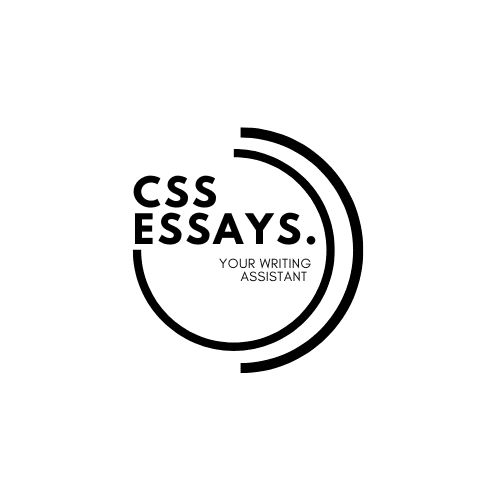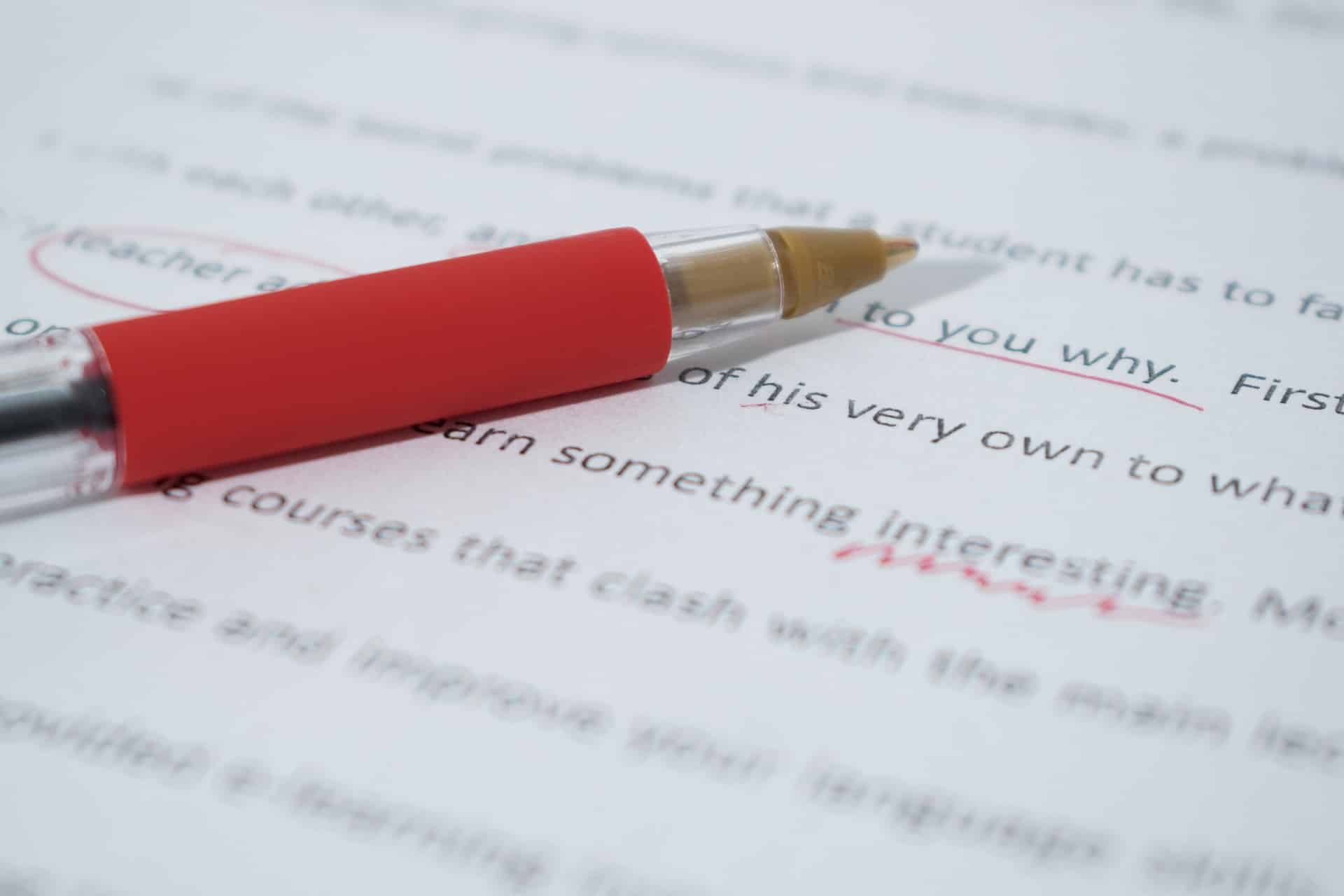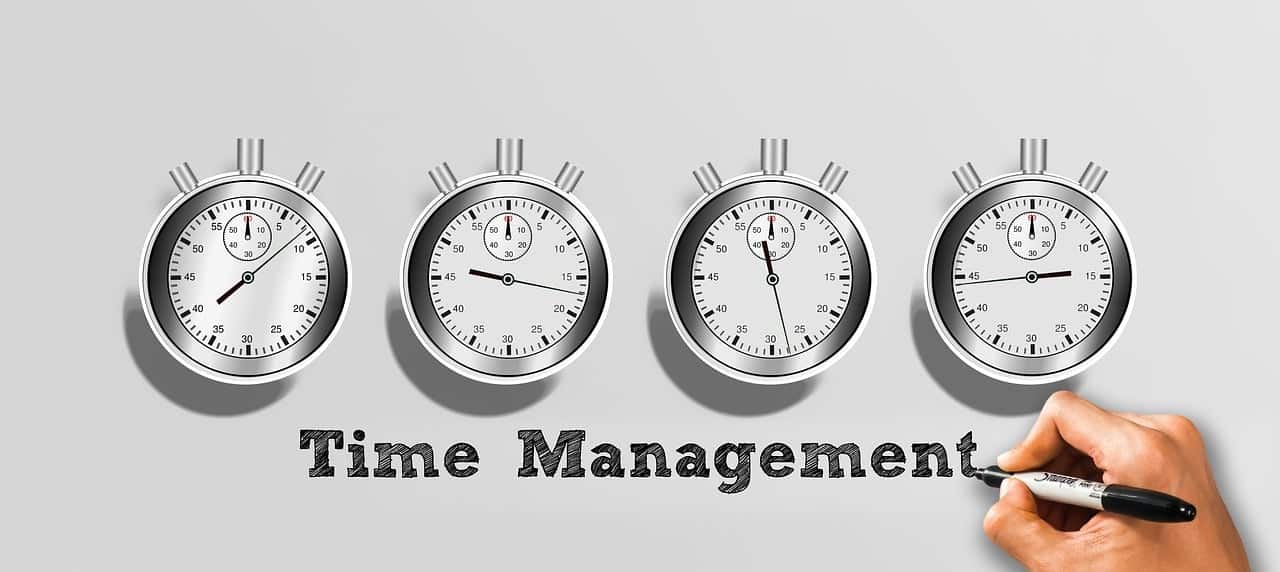Essay Writing Technique
To successfully write an essay, it is vital that it begins with an enunciated thesis statement which clearly communicates its main point or argument. An essay should then be well organized with an introduction that grabs reader’s attention and an concluding paragraph which summarizes all main points. Each paragraph must include a topic sentence supporting your thesis statement while transitions should be used between paragraphs to connect ideas and transitions should also be utilized between them to ensure continuity between ideas. Finally, when developing arguments it is crucial that evidence can be provided alongside proper citation of sources when supporting arguments using evidence or examples as support while editing can make sure your essay remains error free and easily understandable to your readers.
What is a Thesis Statement?
A thesis statement is a sentence or group of sentences that sums up the main idea or argument of an essay, typically at the end of an introduction paragraph and serves as a roadmap for further development of your argument. A strong thesis statement should be specific and arguable so it can be supported with evidence and examples; clear and concise so your reader knows what they can expect when reading your essay; an essential element in every paper written! A good thesis statement serves as the backbone of every successful piece written; never forget its presence!
How Can I Outline An Essay
Do you need an outline in an essay? Here’s an easy solution!
Outlining an essay can be an excellent way of organizing your thoughts and structuring it logically. Here are a few steps that will help you create one:
Start with an intriguing topic in Essay Writing: By picking something you are passionate about and have knowledge about, your essay will have an edge that others don’t possess.
Establish your thesis statement: Your thesis statement serves as the core idea or argument in your essay.
Establish your key points: Tick off what will serve to back up your thesis statement and then focus on writing an essay around those themes.
Create an Introduction:
These should introduce your topic and thesis statement and provide the reader with a sense of what to expect in the essay.
Establish the Major Points:
For every main point you wish to raise in your outline, create a separate section or paragraph in it.
Under each main point, add details and examples that support your argument.
Create a conclusion in Essay Writing:
In your conclusion, summarize all of your main points and restate your thesis statement in new and unique language.
Revamp your outline:
Review your outline to ensure it is well-structured, logical and easy for others to comprehend.
An outline can take various forms; bullet points, numbers, letters or roman numerals. What’s important is that it should be easily understandable and follow a logical structure.
How to Structure Paragraphs in Essays (Tutorials)?
A paragraph is composed of connected sentences that form one idea or topic. And here are some steps to help you create one in an essay:
Start with an attention grabber:
This sentence should present the main idea or topic of the paragraph and tie it back to the thesis statement of your essay.
Provide supporting details:
Use evidence, examples and explanations to strengthen and develop your main idea. Your sentences must connect directly to your topic sentence to explain or verify its content.
Transitions:
When writing essays or papers, use transitional phrases or words to connect sentences within each paragraph as well as connect each paragraph to its main idea.
Be sure to summarize and relate back to the thesis statement when concluding a paragraph.
Check for Coherence and Unity in Essay Writing:
Make sure that each sentence in your paragraph ties back to its topic sentence. And that your paragraph has an unmistakable and cohesive main idea.
Check for correct grammar and punctuation:
Review the paragraph carefully for errors in grammar, punctuation and spelling, making sure all sentences are easy to comprehend and clear.
Each paragraph should consist of approximately 5-7 sentences, and include one topic sentence as the focal point. Subsequent sentences should support and expand upon this topic sentence before concluding with a closing statement to summarize its main idea or topic.
How can you link different paragraphs of an essay together?
Integration between paragraphs in an essay is key to creating a logical flow of thoughts. Here are some methods of connecting paragraphs in your essay:
Transition words and phrases:
Transition words and phrases, such as “in addition,” “however,” “furthermore,” on the other hand,”nevertheless,” serve to link paragraphs together. While signaling relationships among ideas.
Repeat key words and phrases:
Repetition of words and phrases throughout an essay can help strengthen its main points and unite different paragraphs together.
Use Parallel Structure:
A parallel structure should be employed when making an argument in one paragraph. And repeating that same structure in another paragraph.
Signposting:
This technique helps the reader move smoothly through an essay by foreshadowing or summarizing the key points of each paragraph that follows.
Internal summaries and previews:
Start each new paragraph off by summarizing its main point, while offering an insight into what will come in subsequent paragraphs at the end.
Use Topic Sentences:
A paragraph’s primary function is to link various paragraphs together by connecting them back to the essay’s thesis statement.
Utilizing these methods will enable you to create a seamless transition between paragraphs. And ensure your essay flows logically and cohesively – helping the reader follow along and understand your argument and main points.
How can one write the conclusion of an essay?
Conclusion of an essay refers to the final section in which you summarize and restate your main points and thesis statement. Here are some steps that will help you create an impactful conclusion:
Restate Your Thesis:
Recap the main point of your essay in an engaging and impactful manner to remind the reader of its purpose and core messages. This will also serve to remind yourself about its essential nature!
Summarize Your Main Points:
Recap briefly the main points made in your essay, so as to remind readers of all of the evidence and arguments used to support your thesis statement. This will ensure they remain engaged with what’s written there.
Conclude with an impactful statement:
Make an impressionful ending statement that resonates with readers. This could include anything from an invitation or prediction, back to your main idea or just plain summarizing what your essay has discussed.
Avoid New Ideas in Your Conclusion: Your conclusion should only serve to summarize and restate key points from your essay.
Check for Coherence and Unity:
Verify that the conclusion ties in logically to the rest of your essay while remaining consistent with its main idea.
Check for Correct Grammar and Punctuation:
Review the conclusion carefully for any inaccuracies in grammar, punctuation, spelling or sentence clarity. Take care to ensure all sentences can easily be understood by readers.
Note that your conclusion should be brief and should not repeat too much of what was presented in the body of the essay. Instead, it should provide a final synopsis of key points and arguments presented throughout your work and leave readers understanding why your main idea matters so much to them.






Thank you for sharing essay technique
I hope that it will be beneficial for me
Thanks
Thank uh for sharing these essay writing techniques.
I hope it will be helpful to me.
Thank you
thanks
Very informative.. Thanks
Thanks